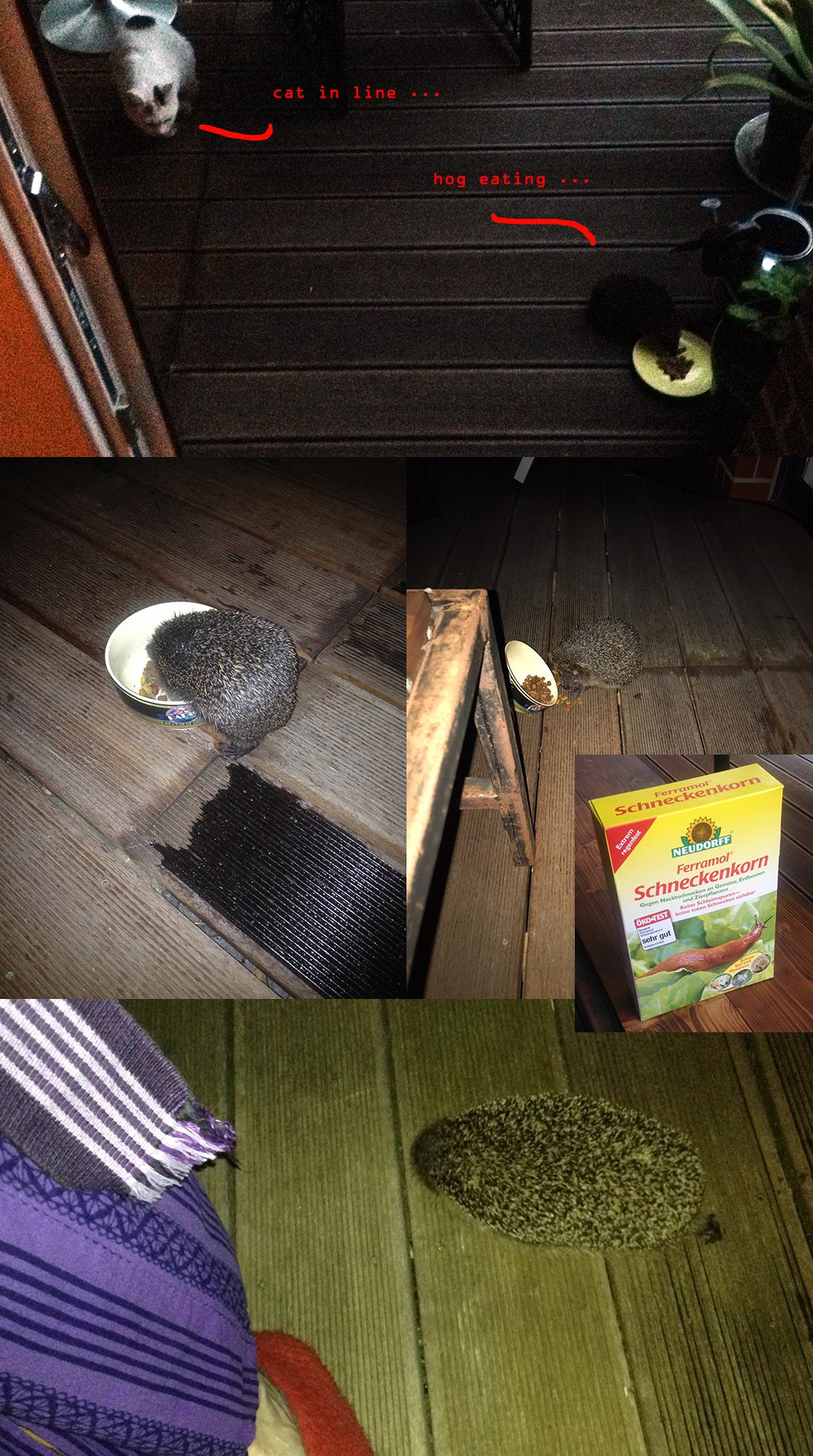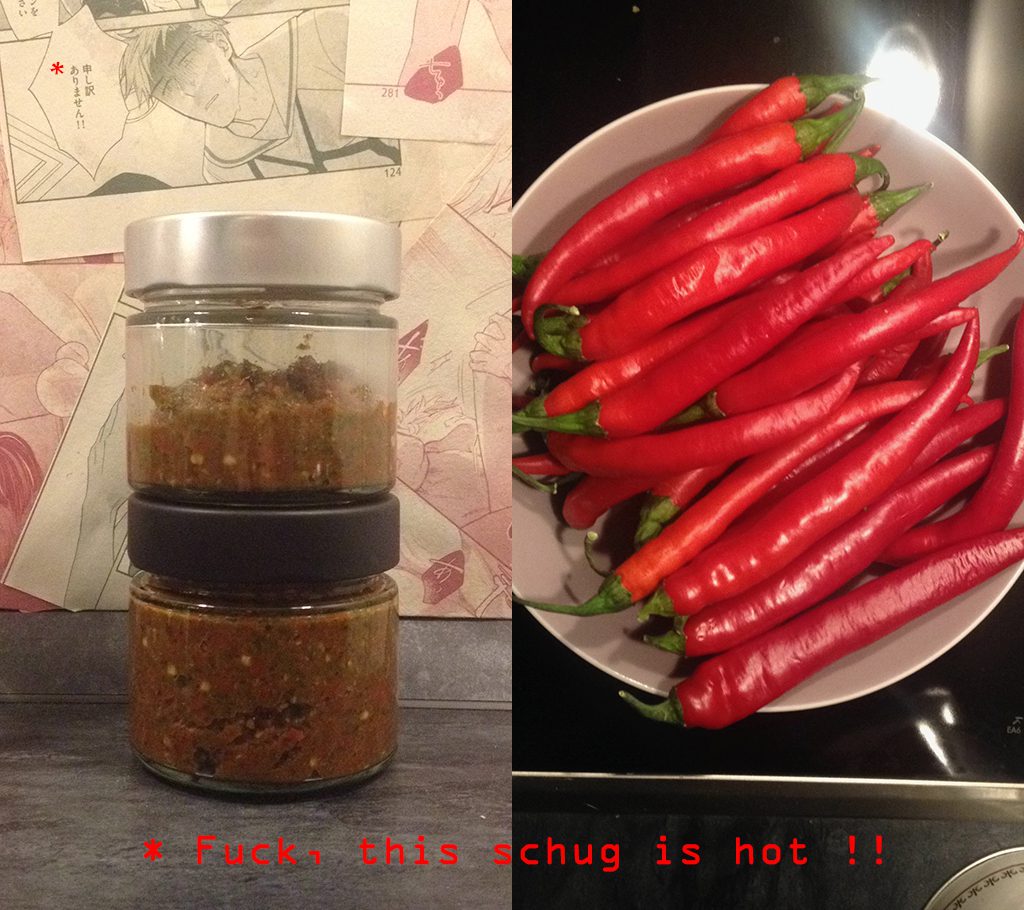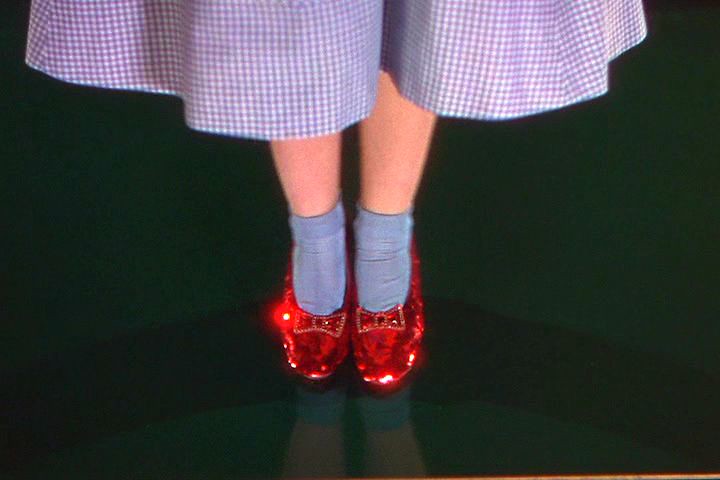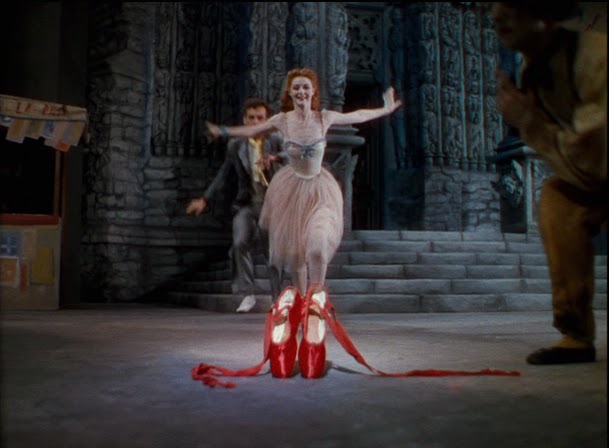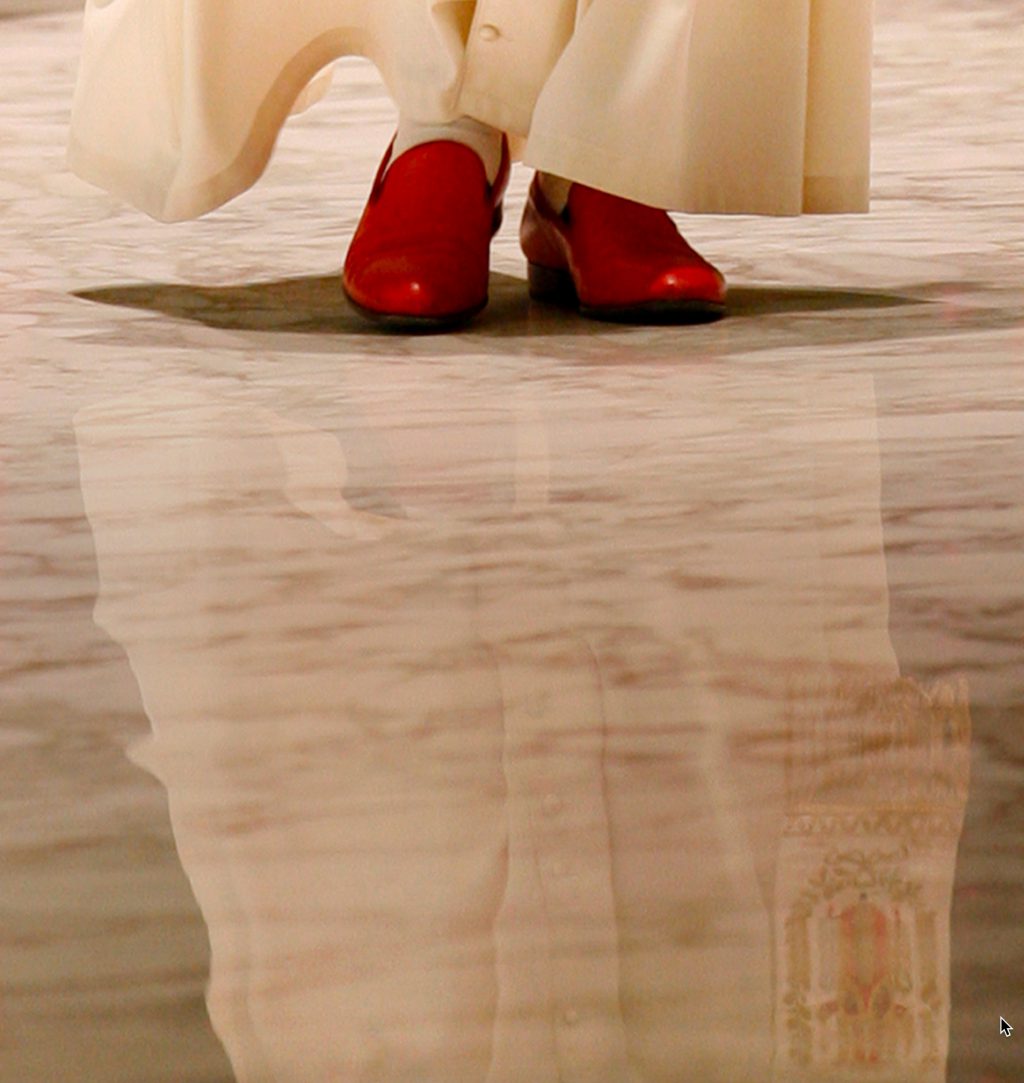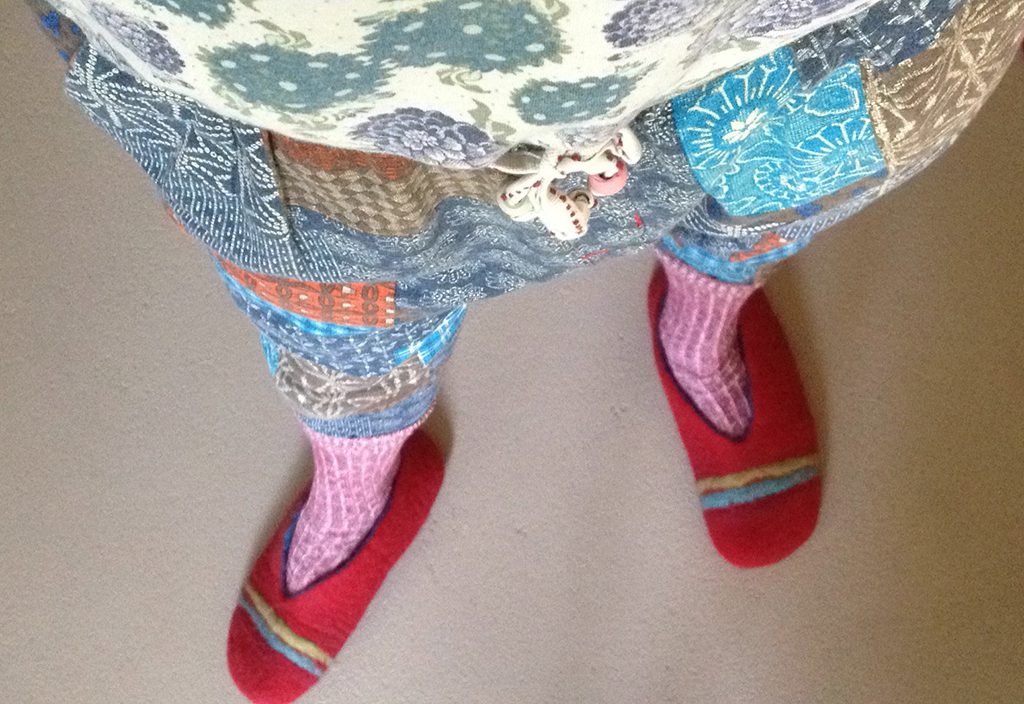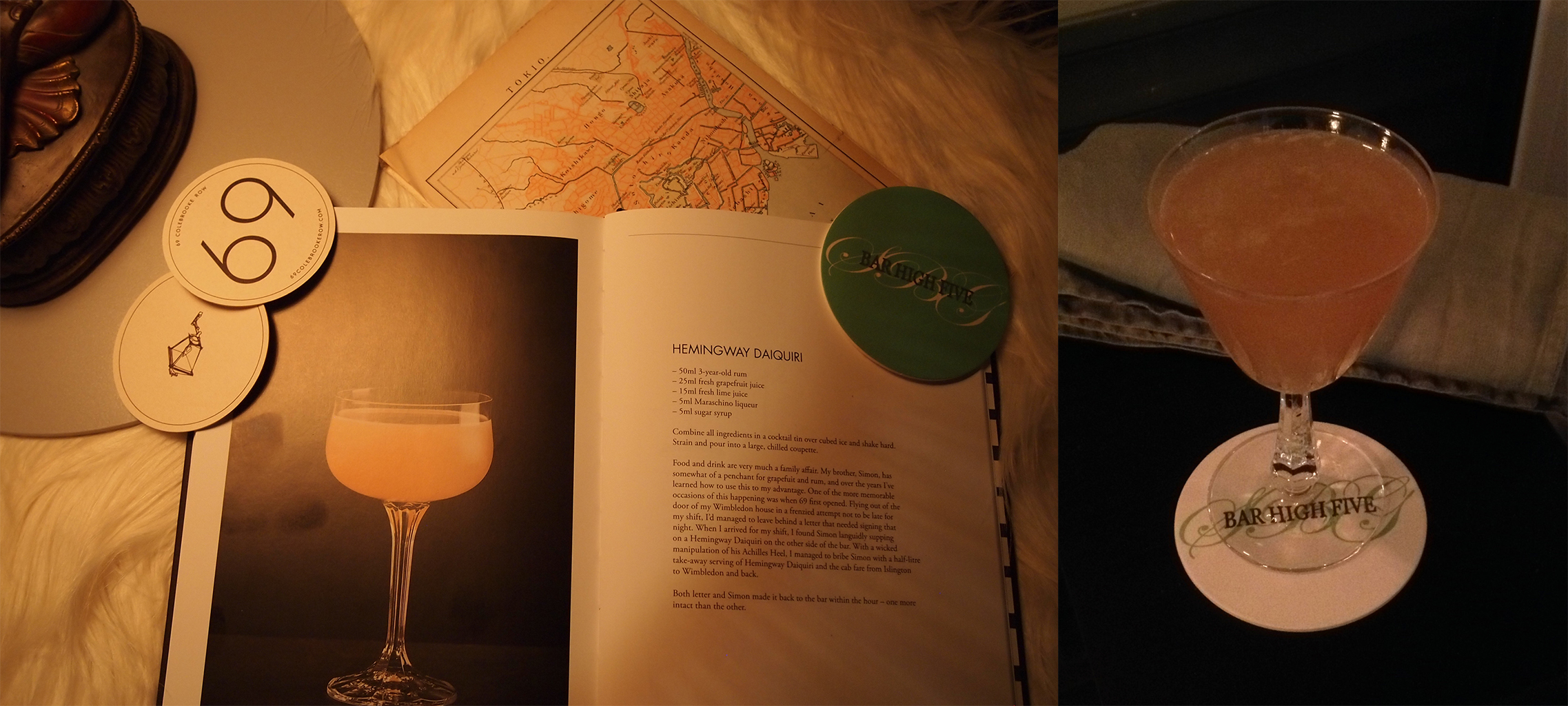2020 – ask any gardener – has been the year of the killer slugs! As if global warming didn’t exist, they used the slightly increased humidity with respect to the past years to explode in numbers. And attack. Everything. From dahlias, to veggies. Simply collecting and, ahem, recycling them each day soon turned out to be a task worthy of Sisyphos. The race “slime against time” thus commenced and by the time the ultimate weapon of slug-destruction (German: Schneckenkorn) was brought forth, the battle was almost lost. The surviving plants did what they could, but green tomatoes were the result and theme of the season. Fortunately the kitchen does not despair in view of them:
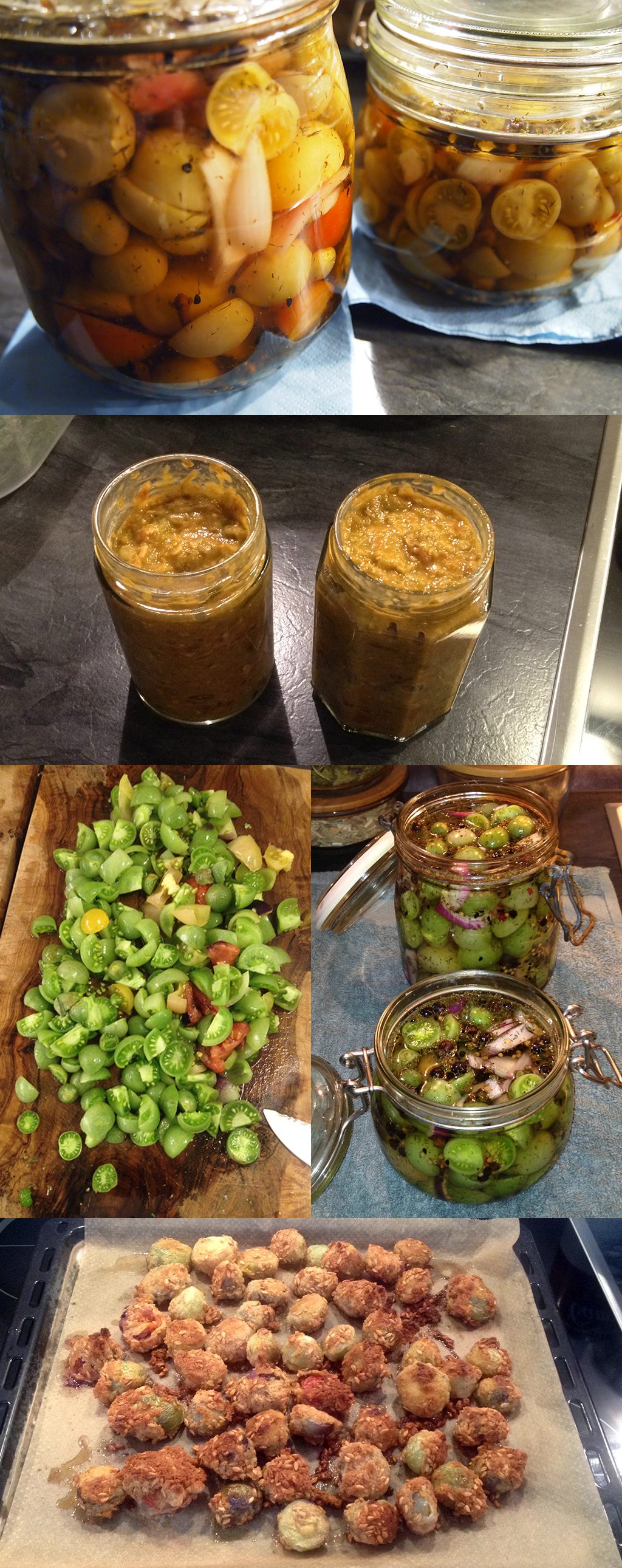
P.S.: Hedgy, the local hedgehog, although being a fearless hog, has by the way proven utterly useless in the fight against slugs, otherwise said to be a hog’s primary meal. This however might have to do with the fact that … it’s a spoiled hog who has grown used to feasting on dry cat food (flavours chicken, tuna, turkey, …) rather than the destroyers of garden flora! So remember: who puts out cat food should at the same time get some Schneckenkorn.
